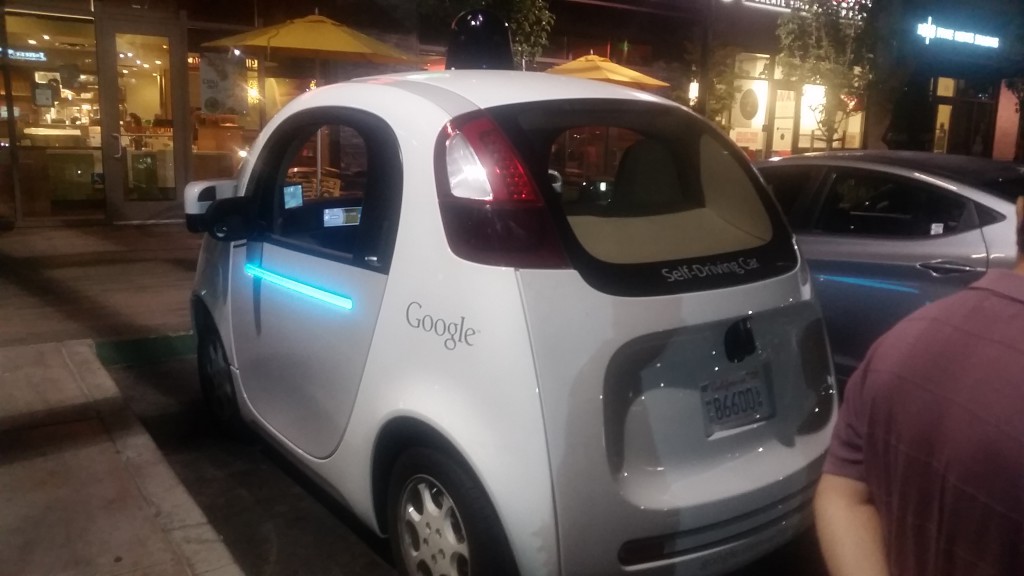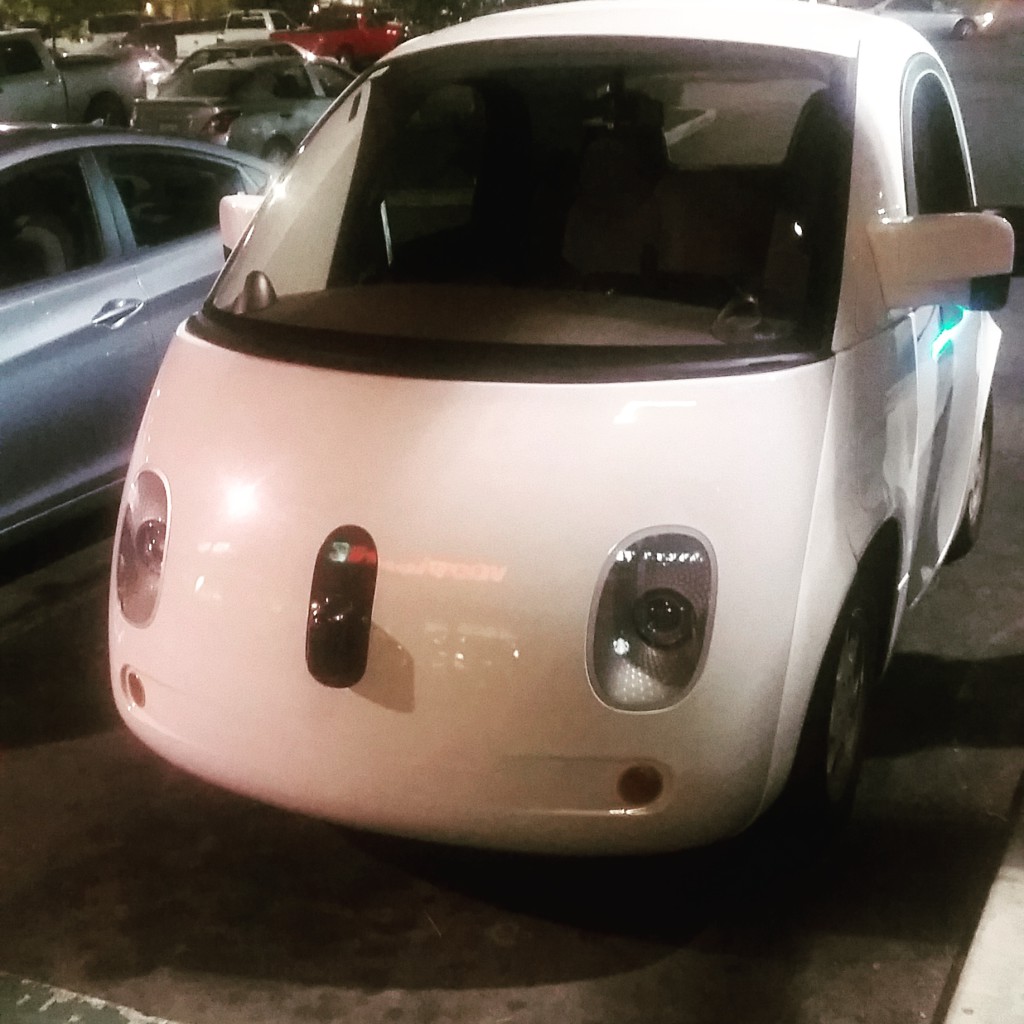
Cars have come a long way from the days of the Ford Model T. While it used to be enough for a car to have Bluetooth and phone integration, software now controls the entire driving experience. From entertainment systems to engine operations, safety systems and more. Technology has led to innovations such as intelligent cruise control, parallel parking assist and even automatic overtaking, yet none of these are as impressive as the self-driving features Google and some Tesla vehicles sport.
Programming cars used to be limited to engineers with years of experience in the automotive industry. Today, with advanced programming interfaces, coding for cars is much more accessible. It’s still not as easy as coding a website, but at least you don’t need to master embedded systems programming to make modifications to cars. Unfortunately, that’s a whole different topic beyond the scope of this article. Instead we’re going to focus on a few non-technical challenges to programming cars.
Programming Judgement
Self-driving cars are supposed to be safer than traditional cars, however the recent batch of Google cars are proving to be too cautious. From cyclists causing cars to go haywire and cars being rear ended at traffic lights, programming cars to drive like humans is a major hurdle to these machines.
One of the biggest challenges to self-driving cars can’t be solved by technology. Nothing in life is foolproof and as self-driving cars gain popularity, one of the most pressing issues is how the car should handle worst case scenarios. The MIT Technology Review uses the example of a self-driving car losing control and heading towards a crowd of people. The car could go into the crowd or swerve into a wall. It’s easy to say it’s best to sacrifice the driver to save lives, yet you probably won’t have that attitude if you were behind the wheel.
People aren’t going to buy cars which turn them into martyrs, yet people don’t want to be killed by cars when they lose control. The decision is tough enough in a traditional car, but self-driving cars mean programmers determine who lives and dies. Right now that’s a question which remains unanswered, but it illustrates how much code can impact lives.
Intentionally Hiding Defects
Car manufacturers are now able to cover up gaps in safety just by adding additional code to their systems. Volkswagen recently came under fire because their diesel engines detected emissions test equipment and adjusted performance for those machines. Although emissions aren’t directly a safety issue, if you can program a car to fool emissions systems, what’s stopping a programmer from hiding defects in engine sensor accuracy? Drive-by-wire means virtually all the mechanics within modern cars are controlled by code. From the throttle to the brakes, everything is controlled through digital signals.
Whether the car is a self-driving or traditional vehicle, you can’t cut corners when writing code for vehicles. In a world where a sliding floor mat causes cars to accelerate uncontrollably, it’s not like fixing code is going to be easier to correct. That’s the biggest thing here. Physical defects in cars cause enough trouble. Fixing faulty code could require more effort than installing a hook to hold a car mat in place.

Technology Is Ahead of Its Time
Autonomous cars might be safer than human drivers, yet the recent launch of the Tesla autopilot feature illustrates what happens when drivers are given powerful features without the right training. For example, auto steer isn’t useful if it causes you to nearly drive off a highway offramp. This isn’t a case of programming gone wrong. It’s a case of drivers overwhelmed by new technologies. Just because you can code something doesn’t mean it’s worth doing.
When it comes to traditional apps, the worst that comes from new features is confused users switching to something else. On the other hand, when you’re programming a car, overwhelming users can have fatal results. Even the user experience of in-car entertainment systems plays a huge role in distracted driving. When it comes to automotive technology it’s best to only add essential features, rather than putting in half-baked code (or novelty features) to make your car sexier.
The Silver Lining
Of course there’s plenty of positives to cars becoming more advanced. Self-driving cars can virtually eliminate car accidents, while advanced sensors in cars results in more robust safety systems. Technology isn’t a bad thing. It’s just a whole new field which hasn’t been tapped before. Until the space becomes more mature, it’s best to keep your development cycles moving at a modest pace, especially with driving assist technologies. The Google cars show self-driving cars are practical. It’s really a matter of training the driver, as shown with the case of Tesla Autopilot.
What are your thoughts?
Frequently Asked Questions on Programming Cars
What is the significance of programming in cars?
Programming in cars is crucial as it controls the various functions and features of the vehicle. It involves the use of software to manage and control the car’s systems such as the engine, transmission, braking, and entertainment systems. This software is embedded in the car’s electronic control units (ECUs) and can be updated or modified to improve the car’s performance, fuel efficiency, and safety features.
How does car programming impact the user experience?
Car programming significantly enhances the user experience. It allows for customization of features to suit the driver’s preferences, such as seat position, mirror adjustment, and climate control settings. Additionally, it can improve the car’s performance and fuel efficiency, leading to a smoother and more enjoyable driving experience.
What are the ethical considerations in car programming?
Ethical considerations in car programming revolve around safety, privacy, and fairness. Programmers must ensure that the software does not compromise the car’s safety features or the driver’s control over the vehicle. They must also respect the privacy of the driver and passengers by not collecting or sharing personal data without consent. Furthermore, they should avoid practices that could lead to unfair competition, such as creating software that intentionally degrades the performance of older models.
Can I program my car myself?
While it is technically possible to program your car yourself, it is generally not recommended unless you have a thorough understanding of car systems and software programming. Incorrect programming can lead to serious issues, including damage to the car’s systems or compromised safety features. It’s best to leave this task to professionals or use approved tuning software.
What tools are used for car programming?
Car programming typically requires specialized tools known as car programmers or tuners. These devices connect to the car’s OBD-II port and allow you to read, modify, and update the software in the car’s ECUs. Some popular car programmers include the Autel MaxiSys, the AES Wave Flash Programmer, and the Vehicle Programmers range.
Is car programming legal?
The legality of car programming varies by region and the specific modifications being made. In general, it is legal to update or modify the software in your car for the purpose of repairs or improvements. However, it is illegal to modify the software in a way that bypasses emissions controls or other regulatory systems.
How does car programming affect warranty?
Car programming can potentially void your car’s warranty, especially if the modifications cause damage to the vehicle or are found to be the cause of a malfunction. It’s important to check with your car’s manufacturer or your warranty provider before making any significant modifications to the car’s software.
Can car programming improve fuel efficiency?
Yes, car programming can improve fuel efficiency by optimizing the car’s engine performance and transmission settings. However, the actual improvement will depend on the specific modifications made and the driving conditions.
Can car programming enhance safety features?
Car programming can potentially enhance safety features by improving the responsiveness and effectiveness of systems like the anti-lock braking system (ABS), electronic stability control (ESC), and traction control. However, any modifications to safety systems should be done with extreme caution to avoid compromising their functionality.
What are the risks associated with car programming?
The risks associated with car programming include potential damage to the car’s systems, compromised safety features, voided warranty, and legal issues. Incorrect programming can lead to malfunctions in the car’s systems, which can be costly to repair. Additionally, modifications that bypass regulatory systems can result in fines or legal action.
 Charles Costa
Charles CostaCharles Costa is a content strategist and product marketer based out of Silicon Valley. Feel free to learn more at CharlesCosta.net.




